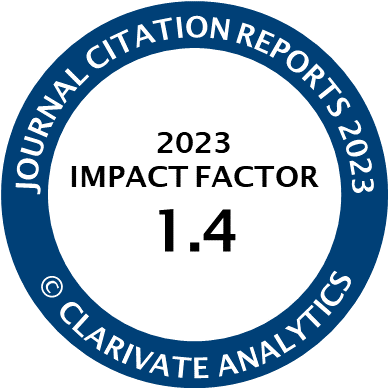Article | Open Access
Beyond the Nation-State? The Ideology of the Esperanto Movement between Neutralism and Multilingualism
| Views: | 5191 | | | Downloads: | 3953 |
Abstract: Since its launch, Esperanto has attracted people involved in language politics. For them Esperanto provides an equitable solution when international problems are discussed, overcoming the barrier posed by the use of national languages and identities. However, its relation with the nation-state is far from being straightforward. Although a significant majority of the Movement claims Esperanto to be a neŭtrala lingvo, a neutral language, this has been fiercely contested by Esperanto activists committed to advancing particular programs for changing the world. From a sociolinguistic point of view, all Esperanto speakers are at least bilingual and quite often multilingual, without exception, so they always belong at least to one speech community in some way connected with a nation-state. This article illustrates the different facets of the Esperanto Movement from its beginning in 1887. Particular attention is paid to the concept of neutralism and how it has evolved in time. From the belle époque, Esperanto has been forced to re-define its position according to changes in sociopolitical contexts. In the current era of ‘glocalization’, where the spread of English worldwide is counterbalanced with old and new forms of local identities often linked with minority languages, Esperanto represents an alternative to the idea that global English leads to more social inclusion.
Keywords: Esperanto; globalization; glocalization; language; language politics; linguistic justice; minority language; mobility; nation-state; neutral language
Published:
© Federico Gobbo. This is an open access article distributed under the terms of the Creative Commons Attribution 4.0 license (http://creativecommons.org/licenses/by/4.0), which permits any use, distribution, and reproduction of the work without further permission provided the original author(s) and source are credited.




